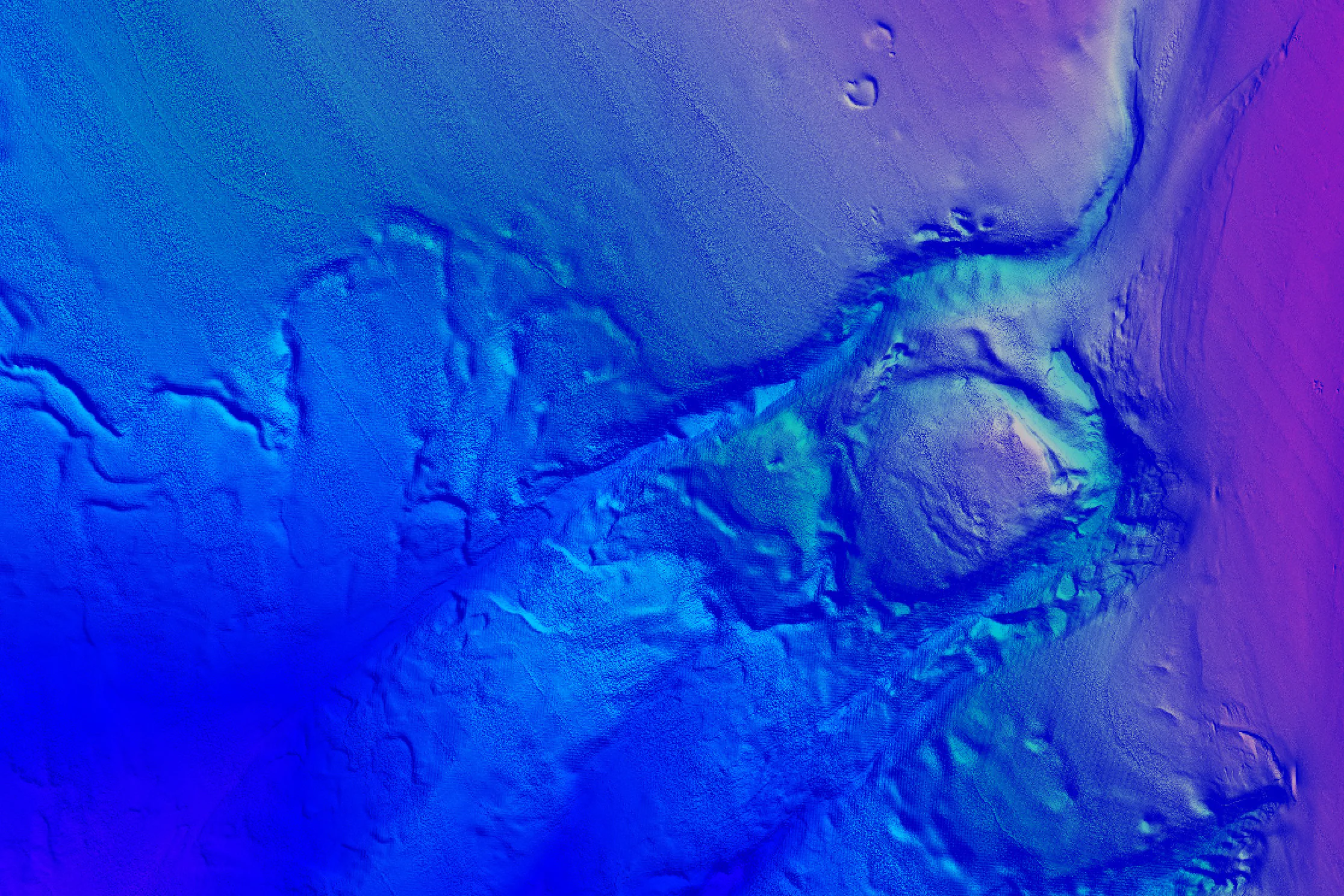Cape Canyon MPA
"South Africa's Grand Canyon"
West of Cape Columbine, Western Cape
A deep and dramatic submarine canyon carved into the continental shelf. Here cold, nutrient-rich waters interact with a complex seascape to support the productive Benguela marine ecosystem.
The Cape Canyon was discovered in the 1960s and was explored for diamonds in the 1980s. New mapping shows that the canyon is the same size as the Grand Canyon in America but extends far deeper, to a maximum depth of 3600m. The 580 km2 MPA was proclaimed in 2019 and protects the upper part of the canyon where depths range from 180 to 500 m. Underwater footage has revealed groves of seafans, scurrying hermit crabs and burrowing mantis shrimps. Hake, monk and john dory – all popular commercial fishes - are commonly observed on the soft canyon floor. Rocky areas in the west support fragile rocky habitat but the area also includes sandy and muddy habitats, which have been trawled in the past. Near the surface, seabirds and humpback whales feed in the productive waters, as well as cape fur seals, which dive to depths of over 400 m. The range of charismatic animals means that this MPA has the potential to support ecotourism.
BENEFITS
Safeguards threatened canyon habitat from trawling and mining
Protects feeding areas of whales and seabirds
Important for sustainability of small pelagic and hake fisheries
Ecotourism potential (e.g. whale watching)








